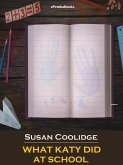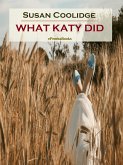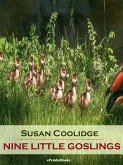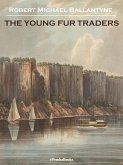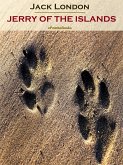- This edition includes the following editor's analysis: "Black Beauty," a visionary work for the defence of animals
The magical idea of talking animals in children's fiction has a long history, but the novel often credited with popularizing the genre of the talking animal story is “Black Beauty.” The novel is referred to as an animal autobiography because, unlike animal stories that describe a child's interaction with an animal, the novel is narrated from the animal's point of view.
Black Beauty, a handsome well-born, well-bred horse of the era before automobiles, narrates the story. He is initially owned by kind masters but is sold to successively crueller owners, learning that humans can be a horse’s greatest friend or a horse’s worst enemy depending on the circumstances. Eventually he collapses from overwork and ill treatment, but in the end, he is sold to another kind owner and...
Beauty is an ideal horse—obedient, willing, intelligent, and courageous. Sewell’s careful observation and extensive descriptions of equine behaviour lend verisimilitude to the novel.




